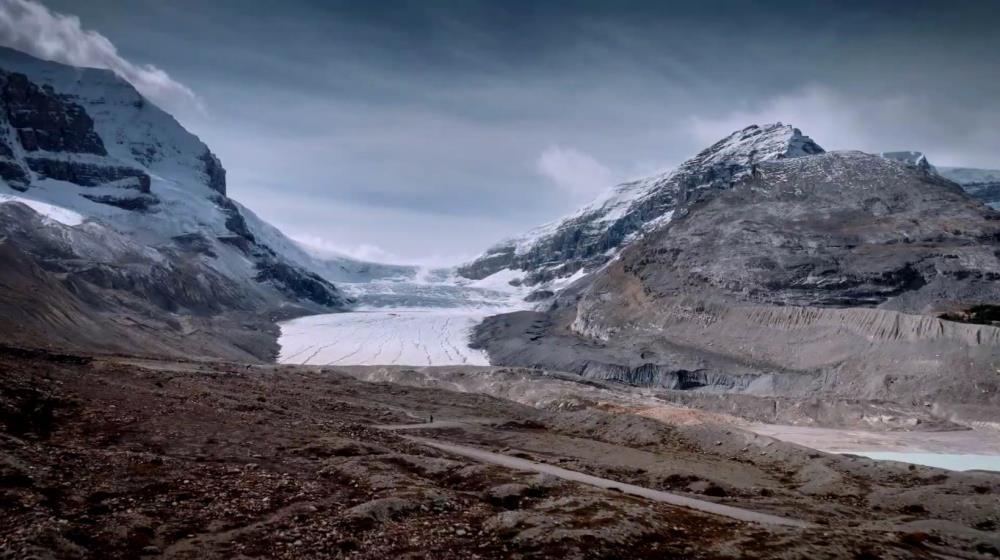
Related items loading ...
Section 1: Publication
Publication Type
Journal Article
Authorship
Zona, D., Lafleur, P. M., Hufkens, K. et al. incl. Meyer, G., Hould Gosselin, G., Sonnentag, O.
Title
Earlier snowmelt may lead to late season declines in plant productivity and carbon sequestration in Arctic tundra ecosystems
Year
2022
Publication Outlet
Scientific Reports, 12, 3986
DOI
ISBN
ISSN
Citation
Zona, D., Lafleur, P. M., Hufkens, K. et al. incl. Meyer, G., Hould Gosselin, G., Sonnentag, O.: Earlier snowmelt may lead to late season declines in plant productivity and carbon sequestration in Arctic tundra ecosystems, Scientific Reports, 12, 3986,
https://doi.org/10.1038/s41598-022-07561-1, 2022
Abstract
Arctic warming is affecting snow cover and soil hydrology, with consequences for carbon sequestration in tundra ecosystems. The scarcity of observations in the Arctic has limited our understanding of the impact of covarying environmental drivers on the carbon balance of tundra ecosystems. In this study, we address some of these uncertainties through a novel record of 119 site-years of summer data from eddy covariance towers representing dominant tundra vegetation types located on continuous permafrost in the Arctic. Here we found that earlier snowmelt was associated with more tundra net CO2 sequestration and higher gross primary productivity (GPP) only in June and July, but with lower net carbon sequestration and lower GPP in August. Although higher evapotranspiration (ET) can result in soil drying with the progression of the summer, we did not find significantly lower soil moisture with earlier snowmelt, nor evidence that water stress affected GPP in the late growing season. Our results suggest that the expected increased CO2 sequestration arising from Arctic warming and the associated increase in growing season length may not materialize if tundra ecosystems are not able to continue sequestering CO2 later in the season.
Plain Language Summary
Section 2: Additional Information
Program Affiliations
Project Affiliations
Submitters
Publication Stage
Published
Theme
Presentation Format
Additional Information
Northern-Water-Futures, Refereed Publications
Section 3: Download
Download Links
https://doi.org/10.1038/s41598-022-07561-1The eddy covariance data from RU-Che, RUCok, and GL-ZaH (previously named DKZaH), CA-DL1, were obtained from the European Fluxes Database (
http://www.europefluxdata.eu/home), from the Ameriflux Database (
http://ameriflux.lbl.gov /), with some updated versions provided directly by the principal investigators of each site (e.g. the data from GLZaH are also available on:
https://data.g-em.dk). The data from USICh and US-ICs are stored in the
http://aon.iab.uaf.edu/d ata_access. US-Bes, USAtq, US-Ivo are stored in the Arctic Data Center (Donatella Zona. 2021. Greenhouse gas flux measurements at the zero curtain, North Slope, Alaska, 2012- 2021. Arctic Data Center. doi:10.18739/A2ZG6G80 B.). The R code for the MCA analysis is available in the webpage:
https://edoras.sdsu.edu/~babailey/


 GWFNet
GWFNet Master
Master Research
Research Map
Map
 Advanced
Advanced . . .
. . .

 Metadata Editor
Metadata Editor
 Record List
Record List
 Alias List Editor
Alias List Editor
 Legacy sites
Legacy sites